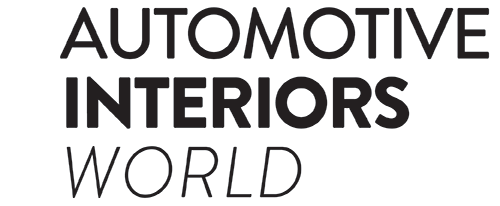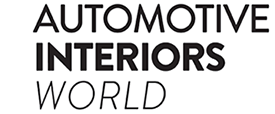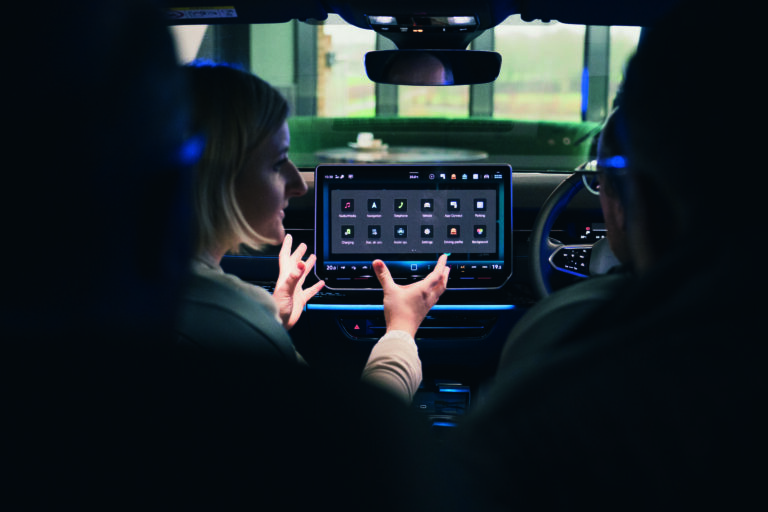The engineering psychologist and user experience expert on the HMI team at VW explains how her team is shaping future vehicle cockpits
Please tell us a little about your career background.
Every second member of my family is an engineer, so I was exposed to technology early on, and I studied business psychology. I found the combination of engineering and psychology really interesting and went on to study human factors. After completing my master’s, I worked for a supplier as the lead for cluster instruments. In 2016, I moved to VW, and since then I’ve held various positions within the company. I now lead a concept team consisting of designers, engineers and psychologists who develop HMI frameworks – and I’ve been doing this with great pleasure.
How does your team fit within VW’s wider R&D network?
We regularly test concepts in the car and in simulation, but there is also another team in the department with the sole job of testing. Then there is another division in the company that solely tests, too. We create the concepts, but we support both the development and testing phases. We’re focused on applied projects mainly for production cars, rather than ‘playing around’ with innovations that may or may not go into production.
How do you ensure unbiased feedback from all demographics is incorporated into products?
Management drives and team drives are done on a regular basis. This gives us so much input from other stakeholders within the company. We also conduct user studies within the company, for example with the finance team, who are not in touch with what we do on a daily basis, and that gives us good subjective feedback. We also conduct customer clinics with real people and in this way we get a lot of unbiased feedback, too.
How do you go about developing completely new concepts?
We all sit together in a room with a pen and paper and we sketch and play around with layouts. Then we put this into simulation and try out variants. For the ID.7 version HMI, we wanted to find out if a combined home and menu button is better than separate buttons, for example. Concept simulation studies really helped us. Then we also have virtual reality glasses because for infotainment, at some point you have look at everything together to get an overall impression of the cockpit.
How do you strike a balance between investment and actual impact on the user?
We have lists of things to improve with new concepts, or bugs that we want to get out of the system. We will discuss within the team which ones have the most impact on the customer and give rankings. We discuss with management and within the team our proposal on how to improve things. You can never fix or improve everything, there are always limitations. Over the last couple of years, VW has learned a lot. We’ve listened to the customer to improve; and we’ve received so much positive feedback, which has helped us to argue for more budget.

How important do you believe it is to bring in expertise from the technology sector?
It definitely helps if you come from a technology field. Apart from that, I think it’s more important that you are willing to listen to customers. We all have assumptions, but you have to test to see how people react. You need to be adaptable and open-minded. This is even more important than bringing in expertise from other sectors. Sometimes management or colleagues have strong opinions but they must be willing to let that go.
What do you enjoy most about your job and what do you find the toughest?
I love to interact with people. I have to speak to functional owners and management and present concepts – and then find compromises because there are so many limitations technically, financially and time-wise. A good concept is often easy to find but hard to implement in reality.
It is, of course, a long journey getting there. VW is a large company with many processes, restrictions and levels of hierarchy, and decisions take time. This is an area where there’s room for improvement.
More from Volkswagen’s Marie Puhle on how the car maker fought back against criticism of the original ID. HMI platform with a revised design in the March 2024 edition of Automotive Testing Technology International.



